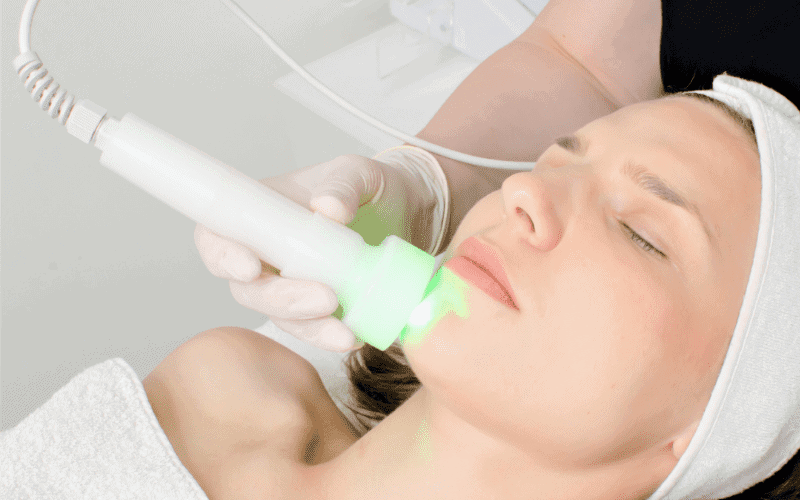Actinic keratoses are a relatively common skin condition that will affect 1 in 5 of us at some point in our lives. Since they occur as a result of gradual sun damage, they are more common in the over 40s and in people with fairer skin. You are also more likely to be affected if you spend a lot of time in the sun, especially if you don’t wear sunscreen. However, anyone can be affected by actinic keratoses so it’s important to see a doctor if you think you might have them.
Diagnosing Actinic Keratoses
Actinic keratoses are a type of growth that can occur after skin has been damaged by the sun. The damage happens gradually, causing the skin to grow thicker than usual. You might notice some of the following symptoms:
- A patch of skin that feels rougher than usual
- Scaly or wart-like growths
- Pink or brown patches
- Itchiness or soreness
In most cases, these patches will appear on areas that have been exposed to the sun such as the hands or face. The surrounding skin may show other signs of sun damage such as sun spots or freckles. Actinic keratoses can grow up to about 1-2cm in diameter and they may appear in clusters. Since actinic keratoses can vary a lot, you might have growths that look quite different from each other.
If you notice any kind of growth or unusual symptoms on your skin then it’s a good idea to visit us to find out the cause. We can usually diagnose actinic keratoses just by examining the affected area. However, if we think that there is a risk of skin cancer or there’s any doubt about the diagnosis then we’ll recommend removing the growth surgically so it can be checked in the lab.
Treatment Options for Actinic Keratoses at HSDC
Actinic keratoses won’t usually cause any serious problems, but they can be unsightly and there is a small risk that they could develop into skin cancer. A small number of actinic keratoses can become squamous cell carcinomas if they are left untreated. Squamous cell carcinomas are a type of skin cancer. Although they are usually slow growing and relatively easy to remove, they could cause serious problems if they spread to your lymph nodes or other parts of your body. It’s therefore essential to visit us at the HSDC if you notice any unusual growths on your skin. Even if it is just an actinic keratosis, it is important to get it checked and removed.
We have various treatment options that can remove actinic keratoses in different ways. If you’re diagnosed with actinic keratoses by your dermatologist at the HSDC then we’ll usually suggest one of the following treatment options:
- 5-fluorouracil cream to destroy the sun damaged cells in the actinic keratosis
- imiquimod cream to stimulate your immune system to get rid of the growth
- diclofenac sodium cream to remove smaller actinic keratoses
- cryotherapy to remove the growths by freezing them with liquid nitrogen
- photodynamic therapy using a light-activated cream to remove actinic keratoses
- Curettage or surgical excision to remove thicker or more serious growths by scraping or cutting them off. This can leave a scar but is recommended if there is a risk of skin cancer.
We’ll discuss the treatment options with you and help you to make the right decisions about your care. We have lots of experience removing actinic keratosis and the treatment is usually very successful.
Preventing Actinic Keratoses
Although we can treat actinic keratoses after they appear, it is always better to prevent skin problems before they happen. Like many other skin conditions such as sun spots and skin cancer, actinic keratoses are caused by sun damage so it is possible to prevent them from developing by protecting your skin.
You can reduce the chances of being affected by actinic keratoses, sun spots, and other effects of sun damage by:
- Wearing sunscreen of at least SPF 15 daily and switching to a stronger SPF in the summer
- Limiting sun exposure during the summer months, especially between 11am and 3pm
- Not sunbathing or using a sunbed
It’s particularly important to take these steps to prevent sun damage if you have already been affected by conditions such as actinic keratoses. Using sunscreen and limiting sun exposure can prevent any further sun damage that might cause more problems.

